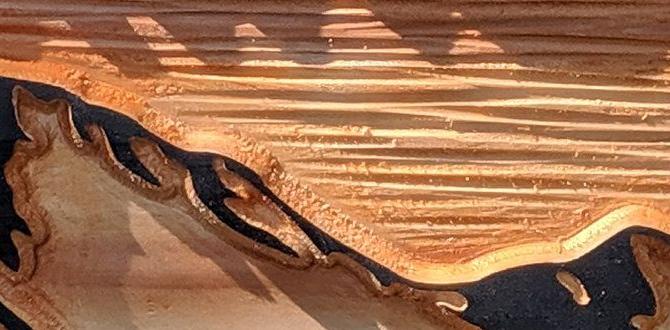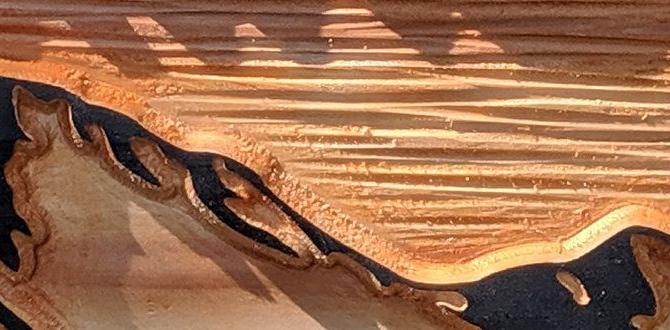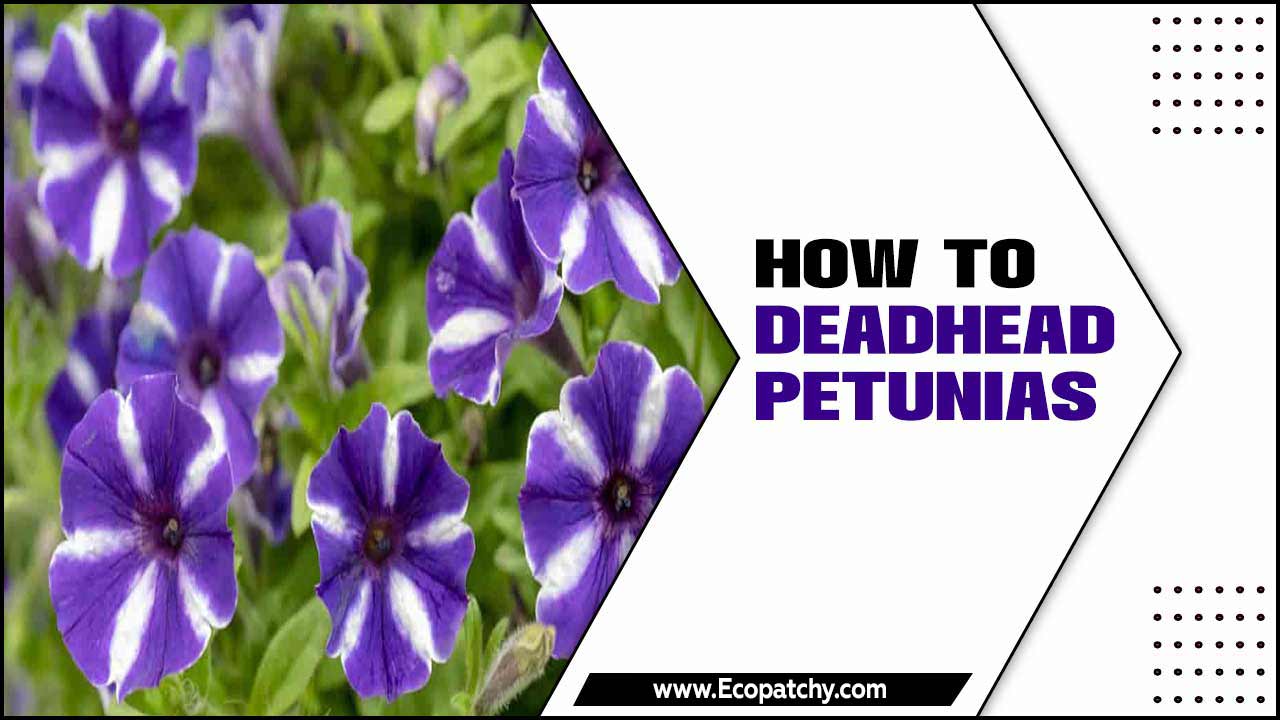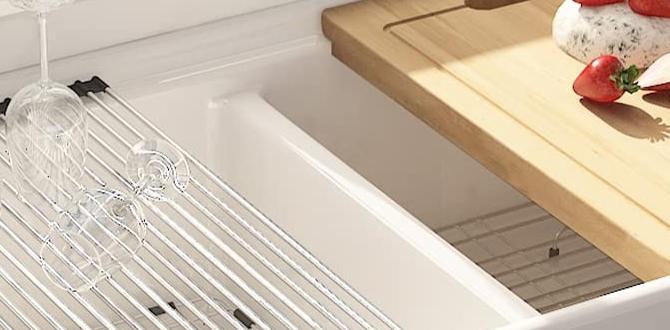Have you ever wondered why some gardens thrive while others struggle? One important player could be calcium. This mineral may be tiny, but it has a big impact on plant health.
Many plants need calcium to grow strong. It helps their roots absorb water and nutrients. Without enough calcium, plants can get sick or even die. Imagine planting your favorite flowers, only to see them wilt and fade away. It can be so disappointing!
Here’s a fun fact: calcium is not just important for bones and teeth; it’s crucial for your garden too! Just like our bodies, plants need the right balance of minerals to flourish.
In this article, we will explore how calcium boosts your plants’ growth. We’ll look at easy ways to add calcium to your soil and the best plants that benefit from it. Let’s dig in and discover how to make your garden healthy and happy!
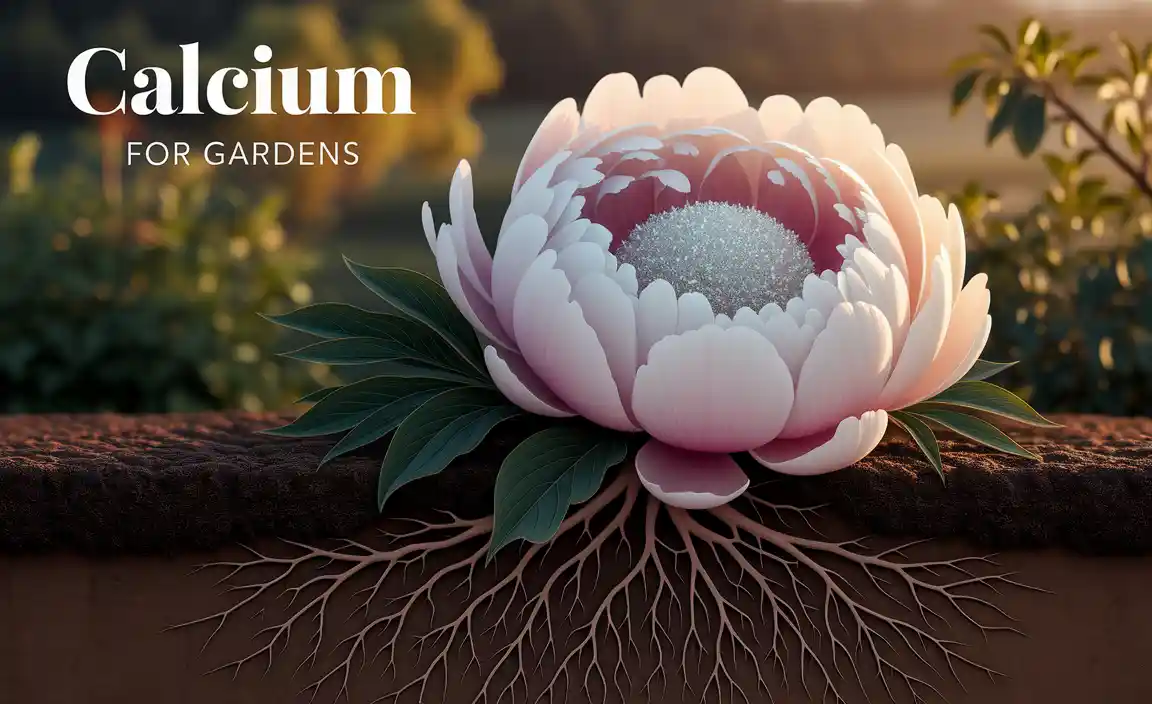
Calcium For Gardens: Benefits, Sources, And Uses
Calcium is essential for healthy plant growth. It strengthens cell walls, making plants more resilient. Without enough calcium, plants can suffer from issues like blossom end rot. Did you know tomatoes are especially sensitive?

Adding limestone or gypsum to your soil can improve calcium levels. This helps your garden thrive. Curious about how your plants can benefit? A simple boost of this nutrient can lead to healthier vegetables and flowers in your garden!
Importance of Calcium in Gardening
Role of calcium in plant growth and health. Impact of calcium deficiency on plants. Calcium plays a big role in plant growth and health. It helps plants build strong cells. Healthy plants can resist diseases better. Without enough calcium, plants suffer.
You might see signs like brown edges on leaves or weak stems. This is called calcium deficiency. It can hurt fruit quality, too, making them misshapen or tasteless. Overall, calcium is essential for happy, thriving gardens.
What are the signs of calcium deficiency in plants?
Some signs include brown leaf edges, weak stems, and poor fruit development.
Key Effects of Calcium Deficiency:
- Brown leaf tips
- Weak roots
- Misshapen fruits
- Slow growth
Sources of Calcium for Gardens
Natural sources: lime, gypsum, and bone meal. Synthetic fertilizers containing calcium. Calcium is like a superhero for plants, helping them stay strong and healthy. Natural sources such as lime, gypsum, and bone meal are great options to add calcium.
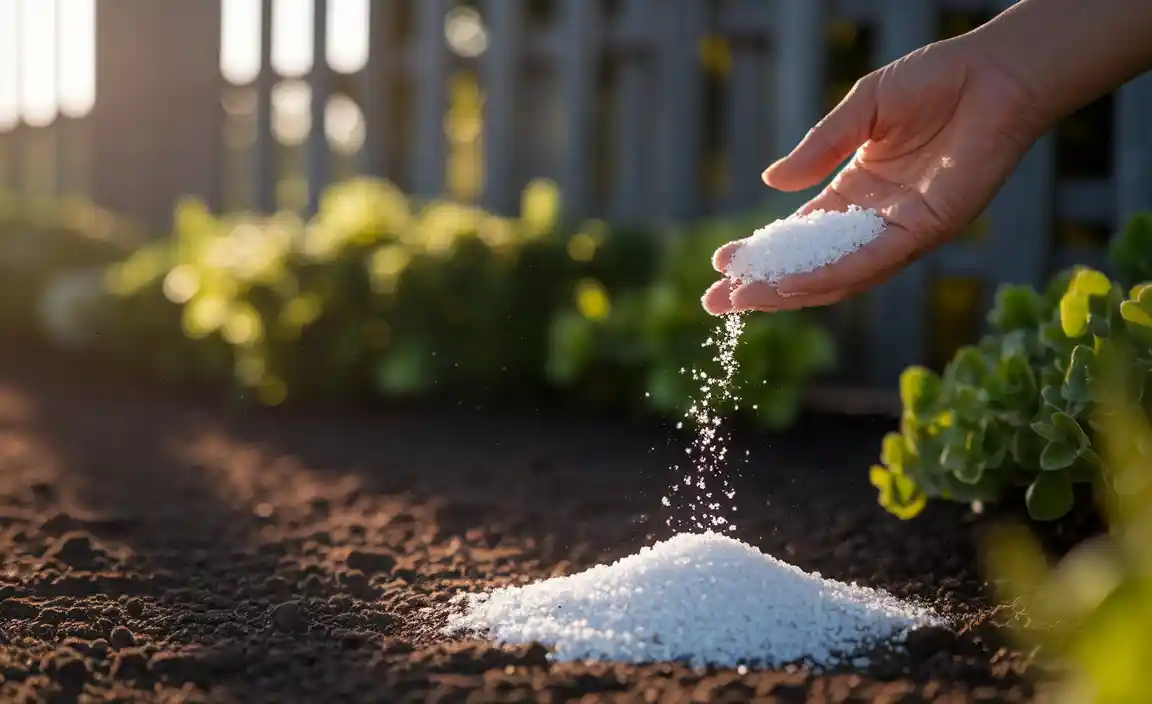
Lime sweetens the soil while providing calcium, gypsum adds calcium without changing soil pH, and bone meal is a tasty treat for plants! You can also use synthetic fertilizers that are rich in calcium. They can give your garden a quick calcium boost. Here’s a handy table to help you remember:
| Source | Description |
|---|---|
| Lime | Sweetens the soil and adds calcium. |
| Gypsum | Provides calcium without altering soil pH. |
| Bone Meal | A tasty calcium-rich meal for plants! |
| Synthetic Fertilizers | Gives a quick calcium boost. |
With these options, your garden will be the talk of the town! Who knew calcium could be so much fun?
How to Apply Calcium in Your Garden
Recommended application methods for different soil types. Timing and frequency of calcium applications. Adding calcium to your garden is easy when you know how! Start with soil tests to find out what your garden needs. For sandy soils, sprinkle lime in early spring.
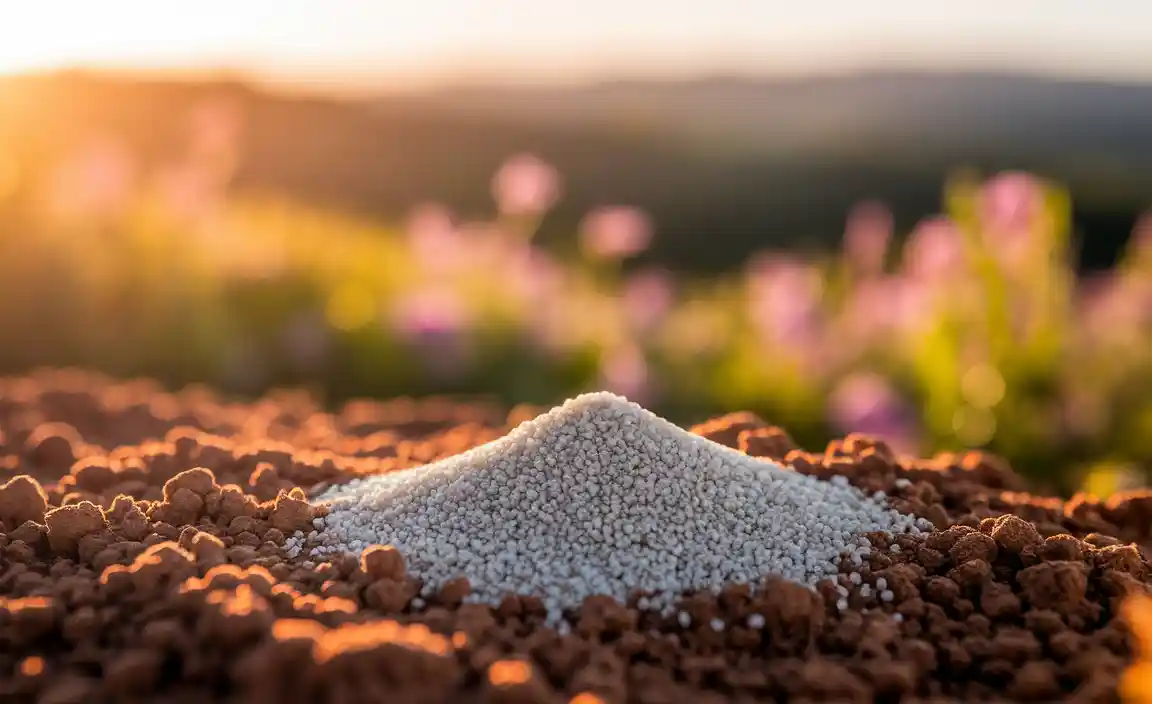
Clay soils love gypsum, especially in the fall, to keep things loose. Your plants will thrive when you give them calcium regularly, about every three months. Remember, timing is key! Like a good comedian, you need to deliver your punchlines at the right moment to keep everyone laughing.
| Soil Type | Calcium Application Method | Best Time | Frequency |
|---|---|---|---|
| Sandy | Lime | Early Spring | Every 3 months |
| Clay | Gypsum | Fall | Every 3 months |
Signs of Calcium Deficiency in Plants
Common symptoms to watch for. Specific plants that are sensitive to calcium levels. Plants need calcium to grow strong and healthy. If they lack it, you might see some warning signs. Common symptoms include yellowing leaves and weak stems. Affected fruits may grow poorly or develop cracks. Some plants are extra sensitive to low calcium, like tomatoes and peppers. Keep an eye on these plants for any issues. Catching problems early can help your garden thrive!
What are signs of calcium deficiency in plants?
Signs include yellow leaves, weak stems, and unhealthy fruits. Calcium deficiency can make plants weak and less productive.
Specific plants sensitive to calcium
- Tomatoes
- Peppers
- Cabbage
- Broccoli
- Cauliflower
Testing Soil Calcium Levels
Methods for testing soil calcium content. Interpreting soil test results. Knowing how much calcium is in your soil is important for healthy plants. You can check calcium levels in a few simple ways. First, you can take a soil sample and use a soil test kit, found in garden stores.
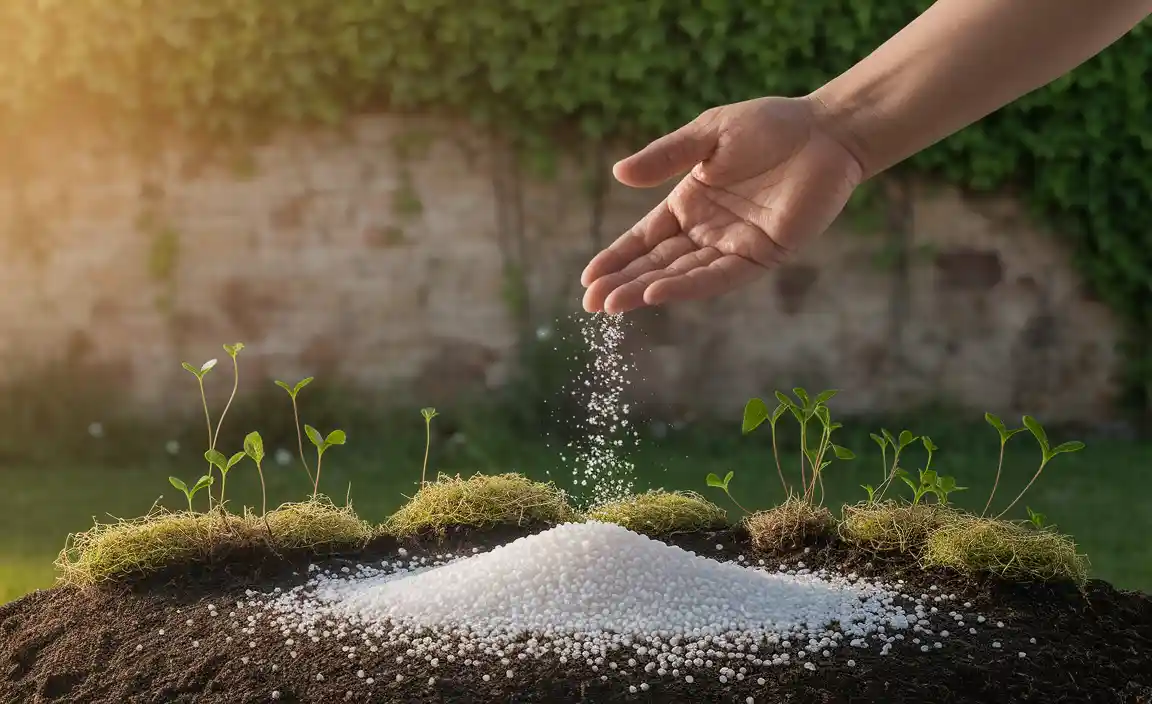
This kit gives you numbers that show calcium content. You might also send a sample to a lab for detailed results. Interpreting these results can help you know if you need to add more calcium or adjust other nutrients. Remember, plants thrive in well-balanced soil.
How can I test my soil for calcium?
You can test your soil for calcium by using soil test kits or by sending samples to a lab. Soil test kits are easy to use at home and give quick feedback.
Soil Testing Methods:
- Home soil test kits
- Professional lab testing
Calcium and Soil Health
The relationship between calcium and soil structure. Effects of calcium on microbial activity in the soil.
Calcium is like a superhero for soil health! It helps create strong soil structure, which means plants have a cozy home to grow. Strong soil holds onto water better, so plants don’t get thirsty. Calcium also jazzes up the microbial party in the soil. More microbes mean more nutrients for our leafy friends. It’s like giving them a buffet feast! Without enough calcium, the soil can turn into a sad, crumbly mess. So, let’s treat our soil right!
| Benefits of Calcium | Soil Effects |
|---|---|
| Improves soil structure | Holds moisture better |
| Boosts microbial activity | Nutrient availability increases |
| Prevents soil erosion | Stays intact during rains |
Calcium’s Role in Specific Garden Plants
Beneficial practices for tomatoes and peppers. Calcium requirements for leafy greens and fruiting plants.
Calcium is like a superhero for your garden plants! For tomatoes and peppers, it keeps their cells strong and helps prevent issues like blossom end rot. These tasty veggies are picky; they need enough calcium to grow juicy and delicious. Leafy greens, on the other hand, are fans of calcium too. They use it to stay crisp and vibrant. Here’s a quick look at their needs:
| Plant Type | Calcium Needs |
|---|---|
| Tomatoes | High |
| Peppers | Moderate |
| Leafy Greens | Moderate |
To keep your garden thriving, add calcium-rich compost or eggshells. Remember, happy plants make happy gardeners!
Common Misconceptions About Calcium in Gardening
Debunking myths related to calcium supplementation. Clarifying the difference between calcium and other nutrients. Many people think calcium is the same as other nutrients, but that’s not true.
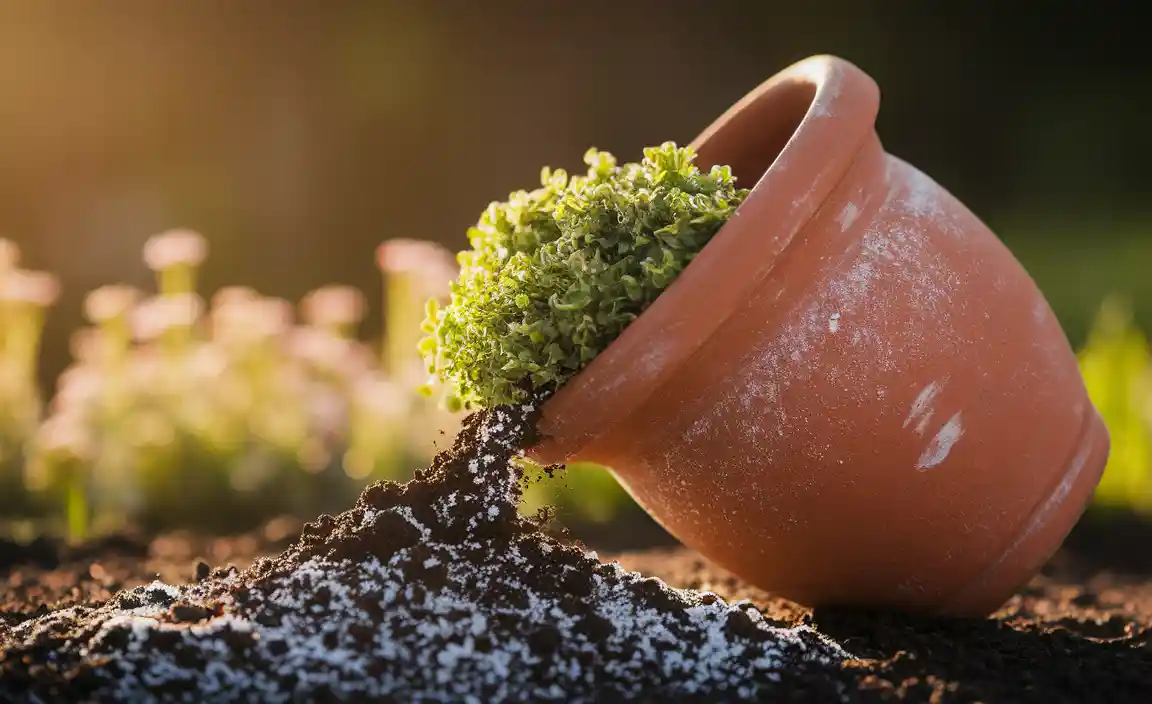
Calcium helps plants grow strong, but it doesn’t replace other important nutrients. Some may believe that adding more calcium always helps plants, but too much can be harmful. Here are some common myths:
- Calcium fixes all plant problems.
- You need to add calcium to every type of soil.
- Calcium and vitamins are the same.
Understanding these differences is key for better gardening. Always test your soil first! A good balance of nutrients makes plants healthy and happy.
What does calcium do for plants?
Calcium helps plants build strong cells and roots. This leads to healthier fruits and vegetables. Without enough calcium, plants can struggle and wilt.
Conclusion
In summary, calcium is vital for healthy gardens. It helps plants grow strong and prevents diseases. You can add calcium through lime or gypsum. Test your soil to know how much calcium you need. With the right amounts, your plants will thrive! For more tips on using calcium, check reliable gardening websites or ask a garden expert. Happy gardening!
FAQs
What Are The Benefits Of Adding Calcium To Garden Soil, And How Does It Affect Plant Health?
Adding calcium to garden soil helps plants grow strong and healthy. It makes the soil more balanced, which helps roots take in other nutrients. Calcium also helps plants fight off some diseases. Plus, it can make fruits and vegetables taste better. It’s like giving your plants a special treat!
What Are The Best Sources Of Calcium For Gardens, And How Can They Be Effectively Applied?
Good sources of calcium for gardens are crushed eggshells, lime, and bone meal. You can save eggshells and crush them into tiny pieces. Spread the pieces on the soil. Lime can be mixed in the soil, and bone meal is a powder you can sprinkle around plants. All these will help your plants grow stronger!
How Can Gardeners Determine If Their Soil Is Deficient In Calcium?
You can check if your soil needs calcium by looking for certain signs. If plants have yellow leaves or weak stems, they might be missing calcium. You can also do a soil test. This test will tell you if there is enough calcium in the soil. It’s a simple way to help your garden grow better!
What Types Of Plants Particularly Benefit From Additional Calcium In The Soil?
Some plants really like extra calcium in the soil. These include tomatoes, peppers, and broccoli. Cauliflower and spinach also need calcium. Adding calcium helps them grow strong and healthy. It’s like giving them a special boost!
How Does Calcium Interact With Other Soil Nutrients, And What Should Gardeners Consider When Amending Their Soil?
Calcium helps plants grow by making their cells strong. It works with other nutrients like nitrogen and potassium. When you add calcium to your soil, it can help these nutrients work better. You should check your soil type first to know how much calcium to add. Too much calcium can cause problems, so it’s good to be careful.

